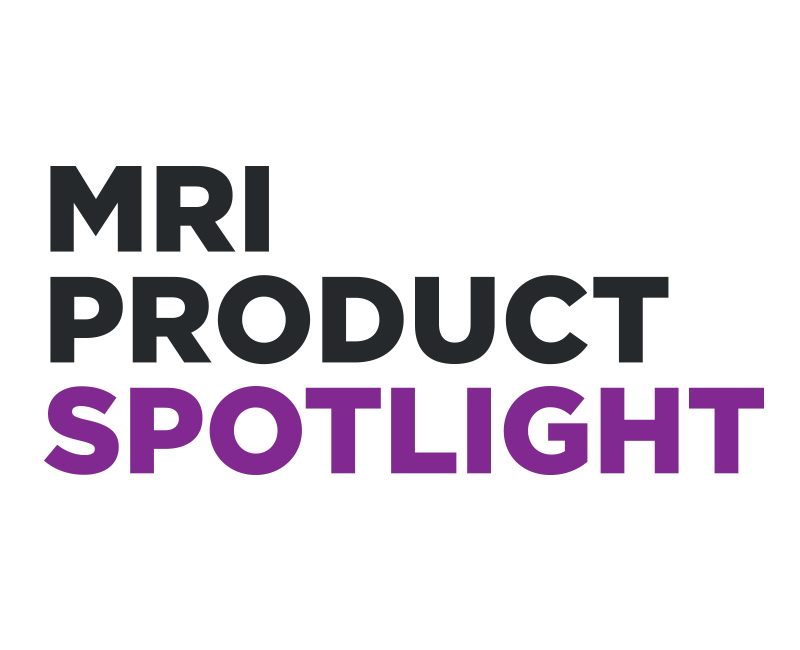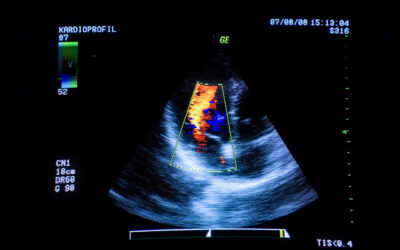 Magnetic resonance imaging (MRI) is a radiology technique health care providers use to diagnosis, assess and treat medical conditions. It uses strong magnetic field, radio frequency pulses and a computer to produce detailed image of internal body structures.
Magnetic resonance imaging (MRI) is a radiology technique health care providers use to diagnosis, assess and treat medical conditions. It uses strong magnetic field, radio frequency pulses and a computer to produce detailed image of internal body structures.
These scans can be used to examine musculoskeletal injuries, sports injuries, alignments of brain, vascular abnormalities, prostrate problem, female pelvic problem, gastrointestinal tract condition, soft tissue and bone pathology or condition and some ear, nose and throat conditions.
A report from BCC Research predicts continued growth for the medical MRI market.
“The global market for MRI systems reached $5.8 billion in 2015. The market should reach nearly $6.1 billion and $8 billion in 2016 and 2021 respectively, growing at a compound annual growth rate (CAGR) of 5.7 percent from 2016 to 2021,” according to BCC Research. “The North American market for MRI systems should reach $3.1 billion in 2021 and $2.4 billion in 2016, growing at a CAGR of 5.4 percent from 2016 to 2021. The MRI systems market in the Asia-Pacific region should reach nearly $2.1 billion in 2021 from $1.5 billion in 2016, growing at a CAGR of 7.3 percent from 2016 to 2021.”
MarketsandMarkets forecasters also expect continued growth.
“The market should reach nearly $6.1 billion and $8 billion in 2016 and 2021 respectively, growing at a compound annual growth rate (CAGR) of 5.7 percent from 2016 to 2021.”
“The global MRI systems market is projected to reach $7.19 billion by 2021 from $5.61 billion in 2016, at a CAGR of 5.1 percent from 2016 to 2021,” according to MarketsandMarkets.
The global MRI market is expected to grow at a compound annual growth rate (CAGR) of 5 percent during 2016-2022, according to a report from P&S Market Research.
“Based on architecture, the open MRI segment is expected to witness the faster growth during the forecast period, at a CAGR of 7.8 percent in the global market. Among the various field strengths, the high field MRI segment is expected to witness the fastest growth during the forecast period,” according to the report.
Several factors are powering the market’s continued growth.
“The global magnetic resonance imaging market is growing at a significant rate, due to growing geriatric population, increasing prevalence of chronic diseases such as cancer, lung diseases and rheumatoid arthritis, increasing incidence of injuries, increasing awareness about early diagnosis, and increasing health care expenditure,” according to P&S Market Research. “In addition, the improving health care infrastructure in developing countries, such as China and India, and technological advancement in MRI are also driving the growth of the global MRI market. The restraints associated with the growth of the global MRI market include stringent regulations for the approval of MRI devices, high cost and lack of trained professionals, and shortage of helium gas deposits.”
North America is expected to maintain its dominance in the global market of magnetic resonance imaging through 2022, according to the report.
“This is due to increasing health care expenditure, growing geriatric population, improved health care infrastructure, and growing prevalence of chronic diseases. In addition, the increasing research activity for the advancement of imaging technology is also driving the growth of the North American market,” according to P&S Market Research.








